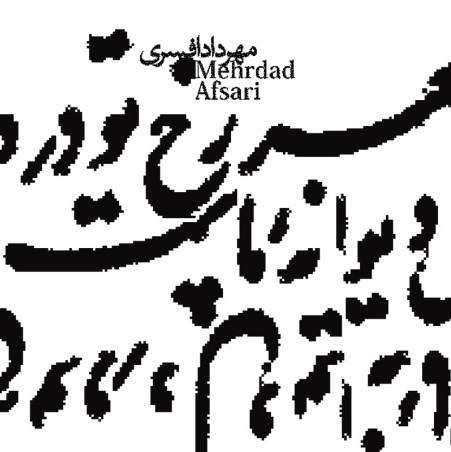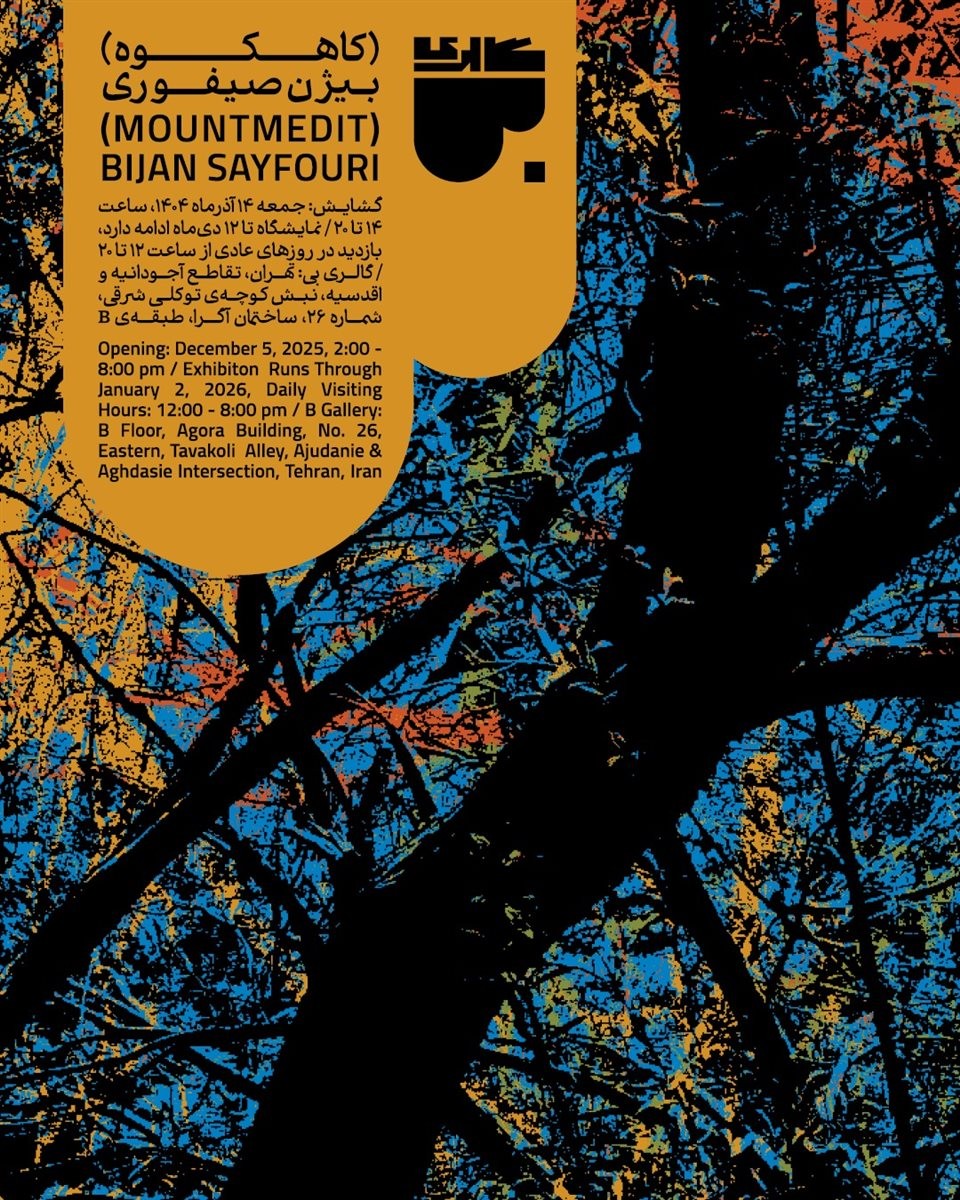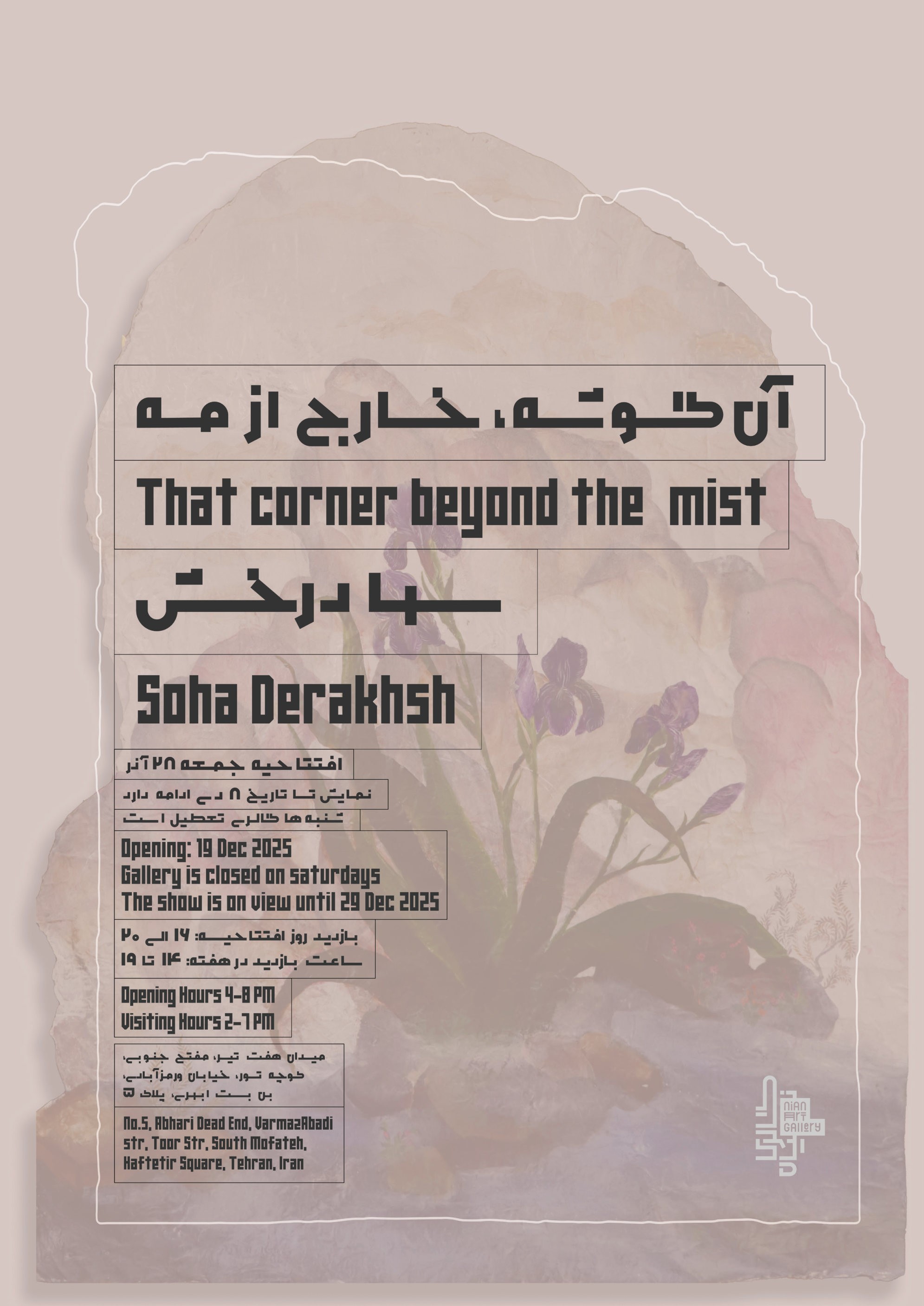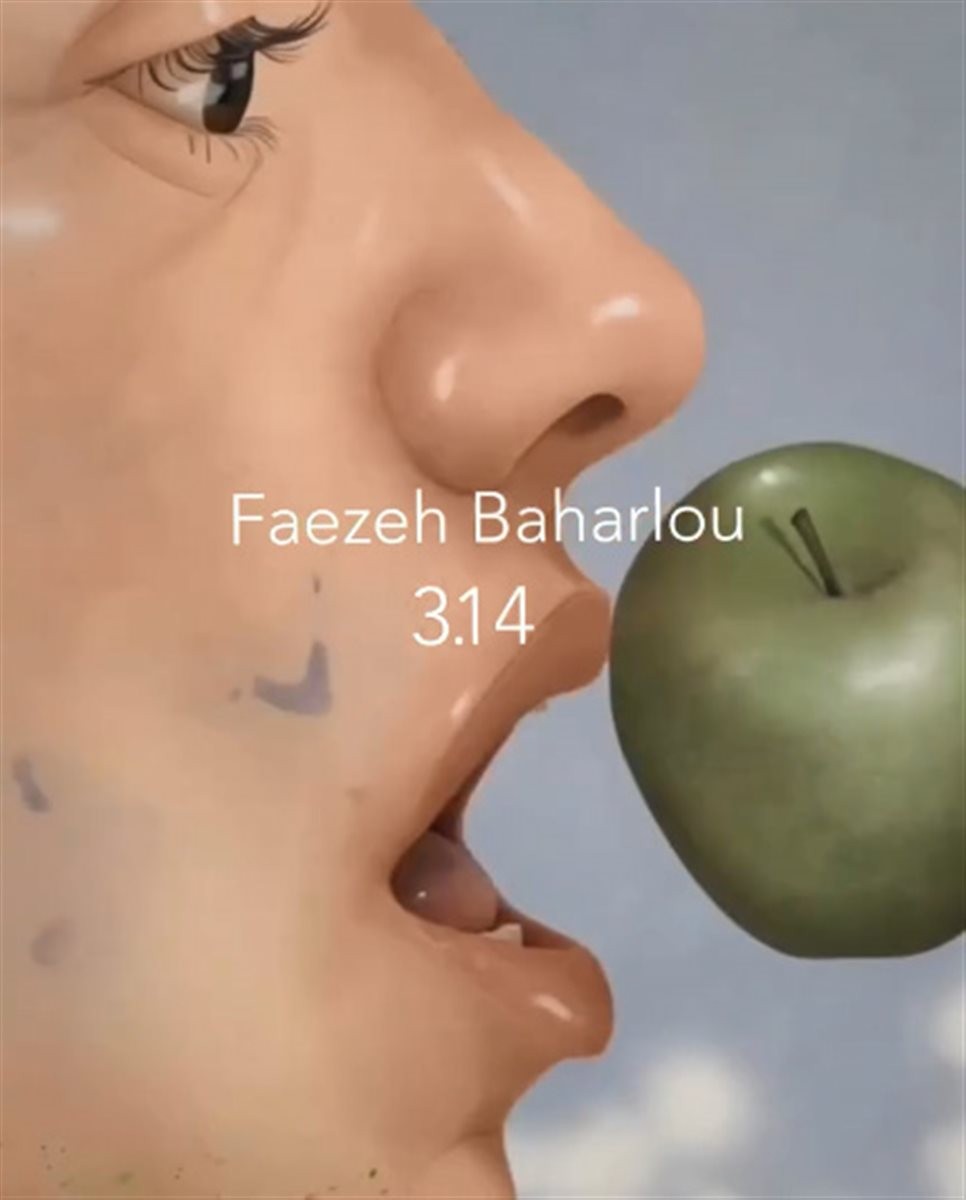Tehran,
no. 16, Barforoushan Alley, Iranshahr St., Karimkhan Zand St.
1 May 2009 - 3 May 2009
We are familiar with Mehrdad Afsari as a photographer who considers this medium as visual contemplation of thought using an enigmatic, suspenseful, ambiguous and mythical language with dark tonalities, endless expanses, irregular bends in the road, felt rugs in mysterious atmospheres and primitive" techniques. This time however we are faced with another side of Afsari: varied colors, familiar scenes of Persian Painting, enclosed frames and digital techniques. At first glance it seems that Persian Painting has taken on larger dimensions dictated by contemporary trends and has moved away from medium shots; it has chosen close-up shots, and has moved away from multiple point of view to single point perspective. Up close, the pixels reveal themselves; the countless details and minutiae, which required a magnifying glass to be viewed, and Rumi's poetry: if you split each particle you will find a Sun within, are now transformed into checkered squares without any secrets and not only do they lack luminosity but staring at them will succumb the viewer to spells of dizziness
On the other hand Afsari considers Persian Painting as the result of the intuition of an artist who draws events not as they are seen realistically but as they are perceived; he examines the most astonishing series of Persian Paintings - Shah Tahmasb Shahnameh - instead of examining nature and events. The most important element in this encounter is turning the result over to pixelation and thereby releasing complete control. Perception has given way to accident. The change in medium, technology and accident however has not driven out Persian Painting from the field for the result is pleasing colors, familiar scenes, sweet subject matter and generally affable works.
Digital photography and Persian Painting - mediums worlds apart-have come to terms with one another. It is evident that Afsari is neither after modernizing Persian Painting nor after its deconstruction. He is neither among the group of artists who sheds his work ethics or slaps on elements of Iranian-ness with the aim of attracting foreign markets nor is he among the limited few who challenge these ploys. In this series, neither is Persian Painting used as decoration nor has it been used to challenge anything and nor has it even been treated emotionally or person market and critiques, visual discovery is at hand. And to this end, the result is like Afsari's previous works - enigmatic yet sweet and bewitching
Digital photography and Persian Painting - mediums worlds apart-have come to terms with one another. It is evident that Afsari is neither after modernizing Persian Painting nor after its deconstruction. He is neither among the group of artists who sheds his work ethics or slaps on elements of Iranian-ness with the aim of attracting foreign markets nor is he among the limited few who challenge these ploys. In this series, neither is Persian Painting used as decoration nor has it been used to challenge anything and nor has it even been treated emotionally or person market and critiques, visual discovery is at hand. And to this end, the result is like Afsari's previous works - enigmatic yet sweet and bewitching

Artists
Available Nearby Exhibitions
Mountmedit
Tehran
5 December 2025 - 2 January 2026
That Corner Beyond the Mist
Tehran
19 December 2025 - 29 December 2025


